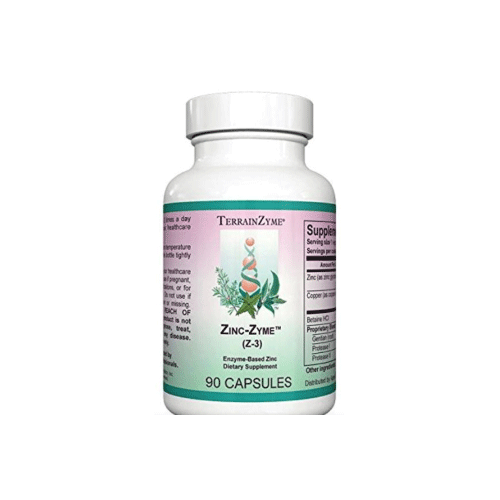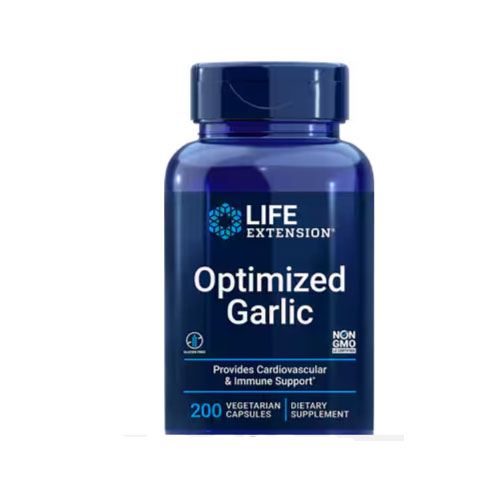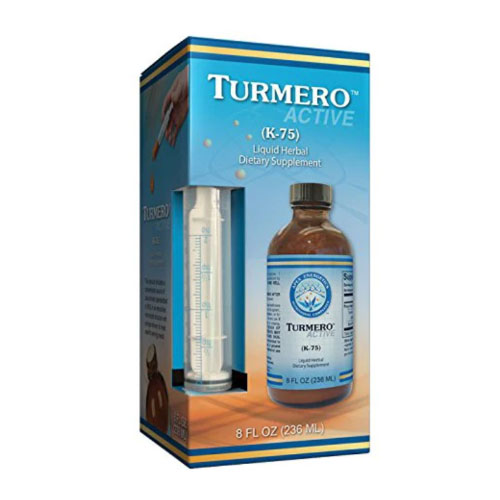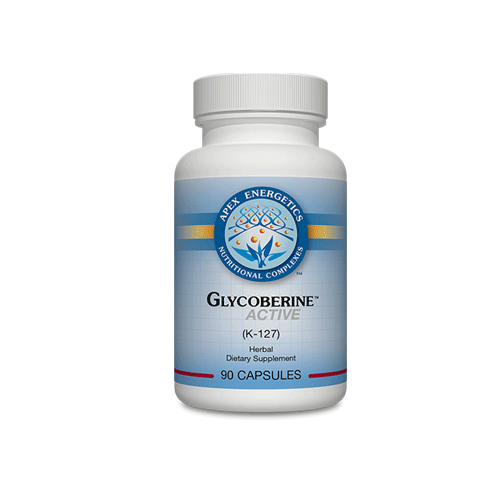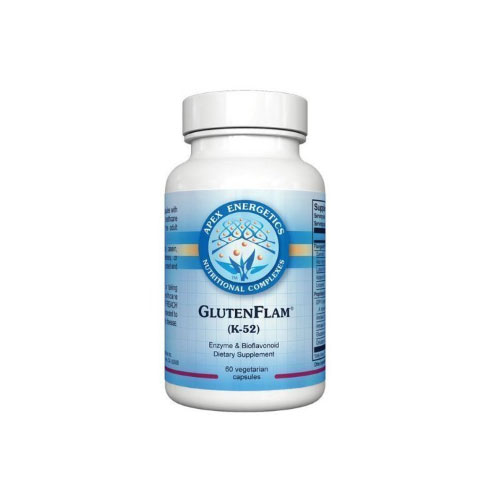
When medical societies around the world teamed with Big Pharma to tackle the scourge of diabetes, two “truisms” emerged:
- Diabetes is a chronic, progressive, incurable
- Lowering blood sugar is the primary goal of therapy.
Neither is true. Eh? How can I make so certain a statement contradicting “medical science” and the hundreds of millions of dollars of research devoted to studying and treating this scourge of modern man?
Common sense, really. When the obesity and diabetes crisis, beginning in the mid to late 1980s, bloomed, in large part, due to “expert” recommendations to lower fat intake and replace it with carbohydrates, the result turned our internal milieu into one giant sugar bowl.
Exercise dietary recommendations, and medications, while well-meaning, were for the most part, either too tedious to comply with, ineffective or outright harmful.
In desperation, we Americans head straight to the operating room. Gastric banding and gastric bypass, developed to forcibly limit caloric intake, resulted as a function of the law of unintended consequences, in an outright “cure” of the diabetic state in as little as 7 days. 1-2
A study of war-ravaged populations following both world wars saw a reduction in diabetes and heart disease in populations deprived of sugar and foodstuffs as compared to times of economic plenty.3
Patients placed on a specific, calorie and carbohydrate-restricted diet experienced a sharp decline in diabetes, cardiac disease and mortality.4 The benefits are immediate and well-documented. Concerns about the efficacy and safety are long term and conjectural rather than data driven. Dietary carbohydrate restriction reliably reduces high blood glucose, does not require weight loss (although is still best for weight loss) and leads to the reduction or elimination of medication. It has never shown side effects comparable with those seen in many drugs.5
Wait, I thought diabetes was progressive and “incurable?” Per the Americans with Disabilities Act website: “For most people, type 2 diabetes is a progressive disease. Eventually, oral medications may not be enough to keep blood glucose levels normal. Using insulin to get blood glucose levels to a healthy level is a good thing, not a bad one.”6
And what of the notion that lowering blood sugar, not reducing serum insulin, as we learned in Part 1, is the goal of diabetes therapy?7 Tight glycemic control should reduce complications and premature death in diabetics, right? Wrong.
A 2003 study of tight vs. less tight glycemic control was halted after 3.5 years of a proposed 10-year run due to increased deaths in the “tight” glycemic control group.8 Caloric restriction normalizes beta-cell function, decreases liver and pancreatic fat, and improves hepatic insulin responsiveness resulting in increased insulin suppression of glucose production.9
So, our job is clear. If excess carbohydrates and elevated insulin levels result in diabetes, reducing carbohydrates and reducing insulin levels decreases insulin resistance, reverses pancreatic beta-cell dysfunction and theoretically relieves one of the burdens of diabetes.
What say the “experts?” When asked why their outdated advice hasn’t changed, the American Diabetes Association’s Richard Kahn responded: “We need more studies, particularly long-term studies in patients who are really randomized… in the real world, people don’t know exactly what they’re eating… It’s such a difficult topic to study.”10
How do we achieve this in real life?
Introducing the Mini-Fast
Fasting is the willful abstinence or reduction of food, drink or both for a period of time.11Reducing calories by 30-40 percent is a proven life extender. Fasting increases red blood cells, white blood cells, platelet count and high-density lipoprotein cholesterol, the so-called “good cholesterol.”12
In 1916 the Canadian Medical Journal determined that “temporary periods of undernutrition are helpful in the treatment of diabetes and will probably be acknowledged by all after these 2 years of experience with fasting. The practice, observed by many clinicians of the old school who advantageously fasted their diabetics one day a week, have given the cue to intermittent fasting.” 13
“The Mini-Fast”
- Eat 2 meals per day in a continuous 8-hour time period.
- Fast for 16 hours, if your last meal is dinner at 6 p.m., your next meal is lunch the next day. Thus, we have a 16-hour fast followed by an 8-hour feeding period.
- 2-3 high-protein, high-fat snacks between meals are permissible.
- Plan exercise sessions, along with bone broth intake, for the time of the fast. If fasting through breakfast, this is your exercise time. Follow exercise with a cup of bone broth.
- Hydrate adequately. Acceptable fluids include water, sparkling water, flavored water, preferably with lemon or lime, bone broth, coffee or tea.
- Review and choose low-glycemic foods ( less than 50). See the glycemic index chart.
- Do not go hungry. Eat until you are full, but do not eat if you are not hungry.
- No fruit juices, white sugar, artificial sweeteners, diet sodas, dried fruits or dairy except for a limited (1-3 times weekly maximum) amount of Greek yogurt.
- Make a meal by choosing an item from each of our “Chinese menu” columns (see website).
- Use flax seeds and plain, unsalted almonds.
- Watery fruits, while better than a candy bar, are high in natural sugars. Go easy on anything that needs mopping up after you bite into it.
- Be mindful of sugars in low-fat, low-calorie salad dressings.
- A food diary improves compliance by 29 percent per the Harvard Medical School.
- For an adult, beverages consult the Clearfield Medical Clinic Adult Beverage Paper.
- Combine Bragg’s Apple Cider Vinegar or Bragg’s Liquid Aminos with lemon juice for a high protein low carbohydrate, sugar-free salad dressing.
- Do not shy away from plant-based fats (olive oil, coconut oil, avocado oil).
- Sugar and caffeine cravings can be controlled with L-Tyrosine and L-Glutamine.
- Salt and carbohydrate cravings are amenable to L-Tryptophan and 5 HTP.
- Fat cravings are susceptible to fish oil and phosphatidylserine.
- Protein deficiencies and stress can be ameliorated with GABA



What to Eat on the Mini Fast Diet (500-800 Calories/D)
| Protein (100 grams)
Chicken Breast (Skinless) Turkey Breast (Skinless) Buffalo (Steak or Ground) Veal White Fish – Fresh Lobster Crab Shrimp Scallops Albacore Tuna Egg Whites (3 or ½ cup Egg Substitute)
Vegetables (1 cup/meal)
Spinach Zucchini Salad Green Leafy Greens, Lettuce Celery Mushrooms Tomatoes Onions Red Radishes Tomatoes Shallots Yellow Squash Cucumbers Sprouts Asparagus Pumpkin Broccoli, Cauliflower
|
Fruit
Blackberries Blueberries Raspberries Orange Apple ½ Grapefruit
Liquids Tea, Coffee, Mineral Water Lemon, Lime juice Braggs Amino Acids 1 tbsp ½ and ½, fat free Oils (2/d or 2 cups/d) Olive Oil (1 tsp/d) Coconut Oil Canola Oil MCT Oil Spritzer’s Salad Dressing Braggs Amino Acids and Lemon Juice |
Our Favorite Bone Broth Remedy (Bubby Clearfield’s, of Course!)
Bone Broth Prepared in A Large Stock Pot or Slow Cooker
Ingredients
- 1 whole chicken, bones and all. (Being from the low-fat era, I’m still pulling the skin off. Most experts disagree and leave the chicken intact. Gives me an “ick” factor.)
- Dill, 1/2 cup, minced
- Celery, carrots, bay leaf
- ½ small onion, chopped
- 1 turnip, sliced
- 1 parsnip, chopped
Instructions
- Place all ingredients except the chicken into the stockpot or slow cooker. When completed, place chicken in the pot, then cover to near brim with water. Bring to a boil, then lower to a simmer. Skim the fat off the top until liquid is clear. Cook for 2 hours if using a stockpot. If using a slow cooker, leave on continuously replenishing the water when necessary. Bones can be boiled for up to one week before discarding. Chicken and remaining ingredients.
- If made in stockpot you may begin using broth immediately. Let cool before freezing the leftover stock in glass jars (we use Mason Jars). If using a slow cooker, simmer twenty-four hours before using the broth. As needed dip a ladle or measuring cup into the slow cooker to remove the amount needed. Pour it through a fine-mesh sieve or coffee filter clarifying the broth. Replace the broth you remove from the slow cooker with an equivalent amount of filtered water.
- If using a whole, fresh chicken, you may remove chicken meat from the slow cooker as desired.
- On a weekly basis strain off any remaining broth and discard or compost the bones. Clean the insert and begin again.
For more information, call Clearfield Medical Clinic at 775-359-1222 or visit www.DrClearfield.net. Next month, we review the “Glycemic Index” diet for those not inclined to fasting to better health.
References
- Schauer PR, Bariatric Surgery versus Intensive Medical Therapy in Obese Patients with Diabetes,” N Engl J Med 2012;366:1567-76
- Taylor R , Adjustable gastric banding and conventional therapy for type 2 diabetes,” JAMA 2008;299:316-232
3. The Registrar General’s Statistical Review of England and Wales. https://books.google.com/books?id=lR8LAQAAIAAJ; 189.
- Wolever, T., et al., “Beneficial effect of low-glycemic index diet in overweight NIDDM subjects” Diabetes Care, 1992; 15(4):562-64.
- Foster GD, Wyatt HR, Hill JO, McGuckin BG, Brill C, Mohammed BS, Szapary PO, Rader DJ, Edman JS, Klein S: A randomized trial of a low-carbohydrate diet for obesity. N Engl J Med 348:2082–2090, 2003
- http://www.diabetes.org/diabetes-basics/myths
- https://hbmag.wpengine.com/can-diabetes-be-reversed-what-is-diabetes-and-how-did-we-get-here/
- The Action to Control Cardiovascular Risk in Diabetes Study Group. N Engl J Med 2008;358:2545-2559
- Preoperative weight loss with a very-low-energy diet, Am J Cli Nutr 2006;84:304-311
- Spero, D, Study: Low-Carb First Treatment for Type 2 Diabetes, Diabetes Self Management, https://www.diabetesselfmanagement.com/blog/study-low-carb-first-treatment-for-type-2-diabetes/ May 13, 2015
- Morin, K., “5 Intermittent Fasting Methods: Which One Is Right for You?, ”http://dailyburn.com/life/health/intermittent-fasting-methods/, accessed March 29, 2016.
- Faris MA1, Kacimi S, Al-Kurd R, Fararjeh MA, Bustanji YK, Mohammad MK, Salem M, , Intermittent fasting during Ramadan attenuates proinflammatory cytokines and immune cells in healthy subjects. Nutr Res. 2012 Dec;32(12):947-55. doi: 10.1016/j.nutres.2012.06.021. Epub 2012 Oct 4.
- Joslin EP, The Treatment of Diabetes, Can Med Assoc J. Aug 1916; 6(8): 673–684

